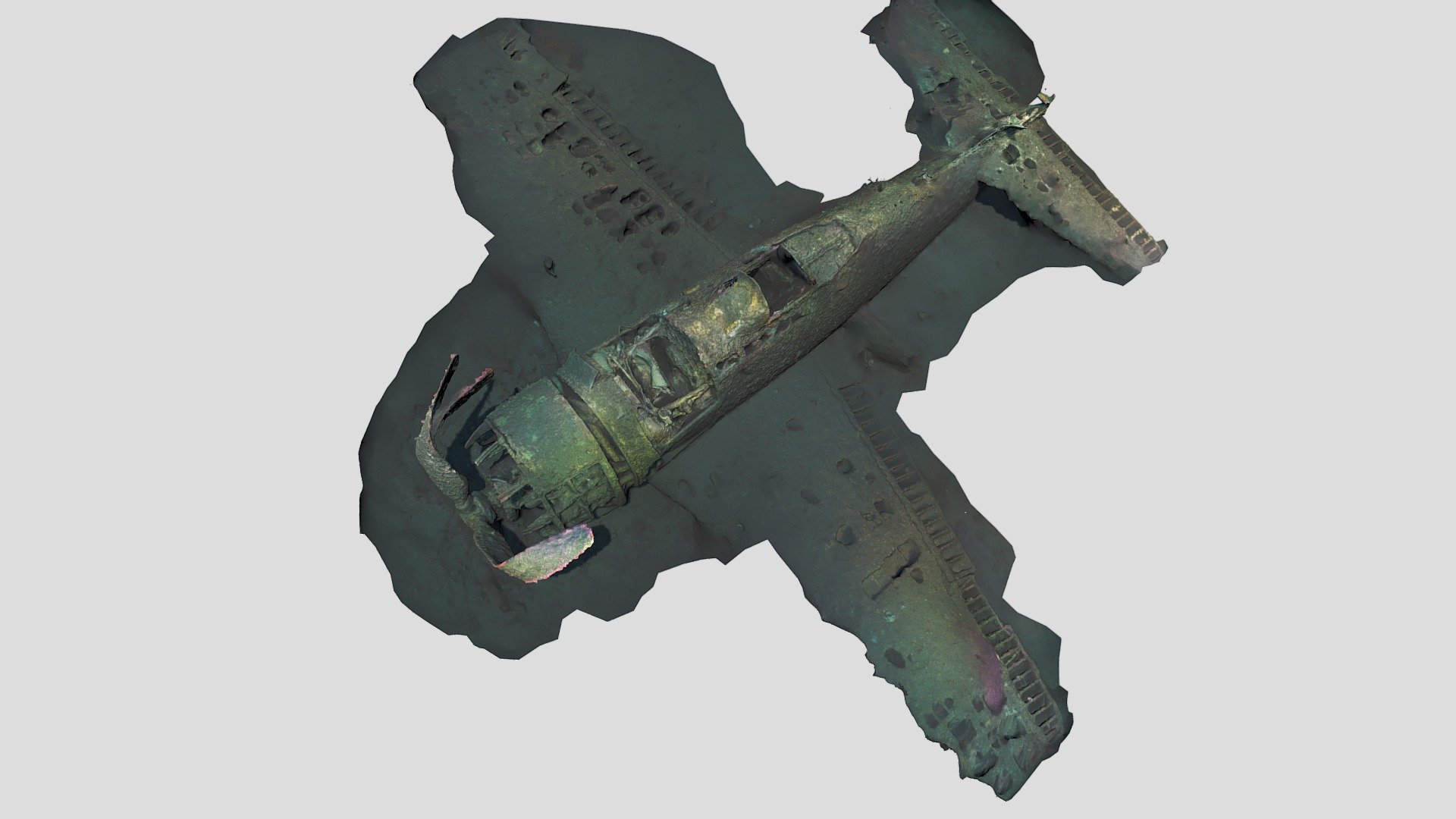I'm considering holding a hands-on photogrammetry workshop / class in Southern California. Before I go too far down the rabbit hole, I'd like to determine if there is enough demand for it.
The class would be in-person and would likely be three days long and would include two dives. I would likely limit the class to four participants (especially in the first few sessions) to ensure a lot of interactivity and discussion.
Day 1 would be lecture and would include photogrammetry basics, getting the software installed and running (trial license), photogrammetry build process and then build a sample model from a land-based project.
Day 2 would be a boat day (likely San Diego on the Marissa) with two dives to practice photography
Day 3 would be building models of the previous day and also tips / tricks with the software
I would need to charge people a fee but I'm not looking to make a living out of it.
Class prerequisites would be a working underwater camera setup (I have some equipment I can lend people if needed), experience taking underwater photos, and a laptop running Mac, Linux, or Microsoft.
So, my question is would people want to attend the class? Is there enough interest in learning photogrammetry from a "hands-on" perspective. I feel like I have enough experience at this point to really help accelerate other people who would like to get into this area of photography.
Thanks,
- brett
The class would be in-person and would likely be three days long and would include two dives. I would likely limit the class to four participants (especially in the first few sessions) to ensure a lot of interactivity and discussion.
Day 1 would be lecture and would include photogrammetry basics, getting the software installed and running (trial license), photogrammetry build process and then build a sample model from a land-based project.
Day 2 would be a boat day (likely San Diego on the Marissa) with two dives to practice photography
Day 3 would be building models of the previous day and also tips / tricks with the software
I would need to charge people a fee but I'm not looking to make a living out of it.
Class prerequisites would be a working underwater camera setup (I have some equipment I can lend people if needed), experience taking underwater photos, and a laptop running Mac, Linux, or Microsoft.
So, my question is would people want to attend the class? Is there enough interest in learning photogrammetry from a "hands-on" perspective. I feel like I have enough experience at this point to really help accelerate other people who would like to get into this area of photography.
Thanks,
- brett






